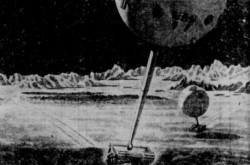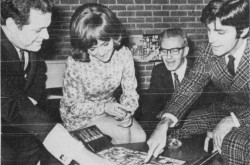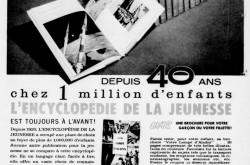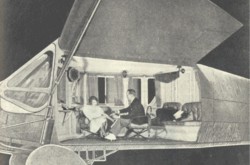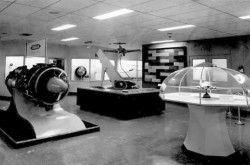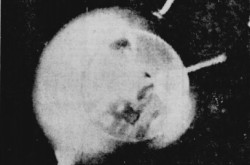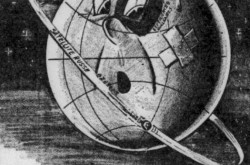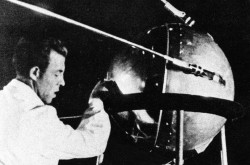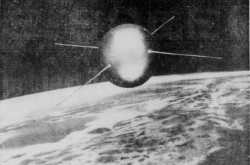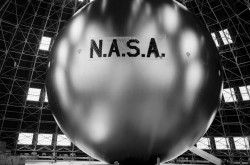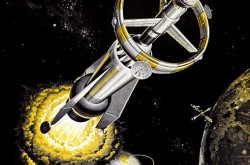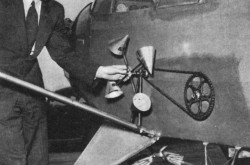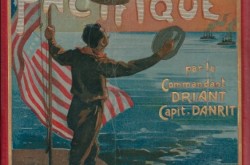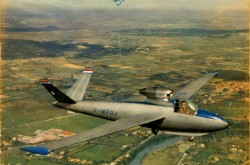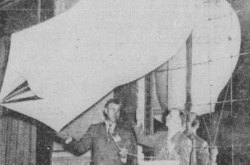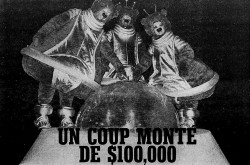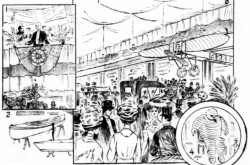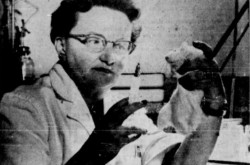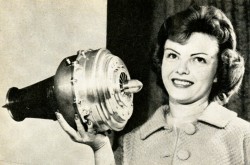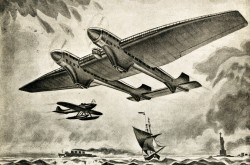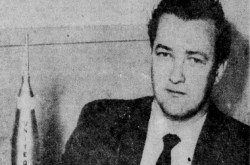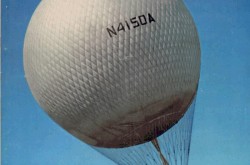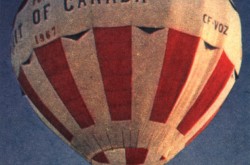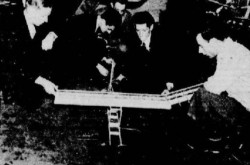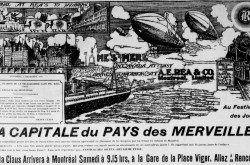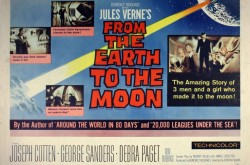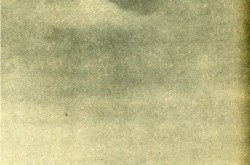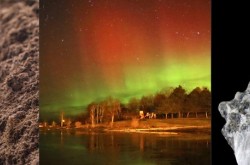“Did astronomers at the Dominion Observatory discover a new planet? Read all about it!” François Charles Pierre Henroteau, Miriam Seymour Burland and Planet ‘X’ – or was it Planet ‘Y’, part 1

Were you suitably intrigued by the title of this issue of our blog / bulletin / thingee, my reading friend? Yes? Good. One of my objectives in putting together this text has been achieved and…
To answer the question which is slowly taking shape in your little noggin, the story you are about to wrap yourself into was no joke and yes, I do realise that today is the 1st day of the month of April. Now, shall we move on?
If I may be permitted to quote princess Irulan Corrino, eldest daughter of the 81st Padishah Emperor Shaddam Corrino IV and a minor character in the rather disappointing 1984 American science fiction motion picture Dune, a beginning is a very delicate time.
Let us hereby and heretofore begin delicately.
To begin with, let us examine the 3 photographs linked to a piece of news which created quite the buzz in the Canadian astronomical community in April 1930. Yes, the ones we saw a moment ago.
On the left, we have a photograph of one of the 1924 photographic plates in the collection of the Dominion Observatory, in Ottawa, Ontario, which allegedly showed the trans-Neptunian planet which would soon become known as Pluto and a photograph of that observatory. On the right, we have a renowned Canadian astronomer, the director the Dominion Observatory in fact, Robert Meldrum Stewart.
Let us continue along the path to enlightenment.

A slightly better view of the Dominion Observatory, an astronomical observatory located at the edge of the Central Experimental Farm of Canada’s Department of Agriculture, Ottawa, Ontario. Anon., “The Dominion Observatory at Ottawa.” The Ottawa Evening Citizen, 23 April 1930, 1.
A tad before the middle of April 1930, The Saturday Journal, the weekend edition of a daily newspaper, The Ottawa Evening Journal of… Ottawa, published an article about the Dominion Observatory, an astronomical observatory located at the edge of the Central Experimental Farm of Canada’s Department of Agriculture. (Hello, WK and MMcC!)
The astronomers who worked there, stated the journalist, studied “the Movements of Heavenly Bodies and the Physics of the Earth – A World Incomprehensible to the Average Layman Which Is Nevertheless Closely Linked to Nature’s Secrets.”

The American amateur astronomer Clyde William Tombaugh. Harlow Shapley, “Astronomers Acclaim New Planet.” Science News-Letter, 22 March 1930, 180.
One of the heavenly bodies in question was a new planet whose discovery was announced in newspapers slightly before the middle of March 1930. That discovery was made in the United States, in mid February, by a recently hired employee of the Lowell Observatory, in Flagstaff, Arizona, this employee being an American amateur astronomer by the name of Clyde William Tombaugh.
Incidentally, that announcement was made on what would have been the 75th anniversary of the founder of the Lowell Observatory, Percival Lowell, a wealthy American amateur astronomer / author / businessman whose dream it was to have his own private window into the heavens.
Tombaugh had spotted the new planet, commonly known as Planet ‘X’ at the time, by comparing photographs taken several days apart. He had begun that work in early April 1929.
Harlow Shapley, a renowned American astronomer and director of the Harvard College Observatory of… Harvard University, in Cambridge, Massachusetts, was seemingly of the opinion that the new celestial body orbited the Sun beyond Neptune and that it was larger than our planet but smaller than Uranus. Not everyone agreed and…
No, no, a thousand times no, there will no Uranus jokes at this point in our story. Sigh… Why am I always getting stuck with superannuated 6 year olds?

The American amateur astronomer / author / businessman Percival Lowell, circa 1904. Library of Congress, LC-USZ62-128068.
The search for Planet ‘X’ had in fact begun in 1906, as a pet project of Lowell who wanted to discover the planet which was causing the very real perturbations in the orbit of Uranus and… There will be no giggling in the blogosphere. Sigh…
Incidentally, Lowell was by no means the first person to postulate the existence of a trans-Neptunian planet, in other words a planet which orbited our Sun at a greater distance than Neptune. Nay. The American astronomer David Peck Todd and the famous French astronomer / author / science populariser Nicolas Camille Flammarion had done precisely that as early as 1877 and 1879.
Better yet, Elizabeth Melissa Denton, born Foote, one of the most famous American clairvoyants / psychoscopists of her time, might, I repeat might, have predicted the existence of an inhabited trans-Neptunian planet larger than our Earth that she christened Celestia, and this as early as 1873 or so. The Celestians were angel-like beings with large wings and luminous eyes who had no need of food. I kid you not, but I digress.
Before leaving that ethereal prediction, allow me to show you how some unknown artist at some equally unknown time portrayed a pair of Celestians galivanting in the sky of their homeworld.

A pair of Celestians galivanting in the sky of their homeworld, the trans-Neptunian planet Celestia. Louis Roland, “Dans les autres mondes.” Le Samedi, 17 May 1930, 10.
Just to be clear, the author of the article in a mid-May 1930 issue of the weekly magazine Le Samedi of Montréal, Québec, gave no credence whatsoever to the existence of Celestia, let alone to that of its fluttering inhabitants. Louis Roland did, however, think that intelligent beings could exist on other worlds, and this both inside and outside our Solar system.
A brief digression if I may. To paraphrase, out of context, a mischievous and adventurous 6-year-old American human named Calvin, and at the risk of overstepping the limits of good taste, the people who believed in clairvoyance and / or psychoscopy / psychometry / token-object reading were not dumb. They just had a command of thoroughly useless, and thoroughly false, information, but back to our story.
After a thorough examination of observations of the orbit of Uranus since 1750 or so, Lowell spent years poring through countless photographic plates in the hope of discovering a new planet. Sadly enough, Planet ‘X’ had yet to discovered when he passed away, in November 1916.
Sadder still was the fact that this heavenly body could actually be seen on at least 15 photographs taken from August 1909 onwards, but was not identified for what it was, in other words the 9th planet of our solar system.
A possible reason for those misidentifications might be that the orbital trajectory of said heavenly body calculated at the Lowell Observatory apparently proved to be erroneous. Yes, yes, erroneous. Would you believe that Tombaugh apparently spotted the trans-Neptunian planet which would soon become known as Pluto quite by accident, a stroke of luck highlighted as early as late April 1930 by the English American astronomer / mathematician / professor Ernest William Brown?
Indeed, Brown was of the opinion that this celestial body was not behind the disturbances which afflicted the orbit or Uranus.
Incidentally, the trans-Neptunian planet in question, the very first and, so far, the only one to be discovered by an American, was christened Pluto in May 1930, the announcement being made late in the month.
That name had first been suggested by Venetia Katharine Douglas Burney, a not quite 12 year old English schoolgirl.
Tombaugh liked that moniker. After all, it followed the traditional approach taken toward planets, which were named after gods of Roman mythology, Pluto being the god of the subterranean underworld and afterlife. Besides the first pair of letters of that word, P and L, happened to be the first letters of the first name and family name of Lowell.
Would you believe that Burney was the great niece of the English teacher / chemist Henry George Madan who, in 1877, had suggested that the newly discovered moons of Mars be christened Deimus and Phobus, two suggestions which soon became Deimos and Phobos, the monikers by which those two pebbles have been known ever since? Ours is a small world, is it not? But I digress.
A brief and somewhat disrespectful digression if I may. Pluto was the first planet named after a beverage, namely Pluto Water, a mineral water bottled by an American firm, Pluto Corporation. A strongly… laxative mineral water. Sorry, sorry, but the superannuated 6-year-old in me simply could not resist that poopy fact.
Speaking (typing?) of poop, did you know that the waste products of the hyper privileged Homo sapiens currently circling the Earth in the International Space Station turn into poopy shooting stars, or shooting poop, in French excréments filants, when they burn up in the atmosphere? Let us all ponder that fact of life – and take a deep breath. (Hello, EP!) And now back to our story.
The sale of that very effective product, yes, Pluto Water, came to an end in 1971, but not because one of its mineral constituents had become a controlled substance, as was claimed by some.
Indeed, the fact was that lithium had been used to treat some mental disorders as early as 1949. This being said (typed?), it was also a fact that the Food and Drug Administration, an agency of the United States Department of Health, Education, and Welfare, did approve the use of lithium for the treatment of bipolar disorder in 1970, but back to our story.
Would you believe that an English physiologist suggested that the newly discovered planet be named Bacchus, after the Roman god of religious ecstasy, fertility, festivity, fruits, insanity, ritual madness, wine making, orchards, theatre and vegetation. After all, stated Leonard Erskine Hill, that celestial body made Neptune wobble and had been discovered in the United states, the land of prohibition.
Approached by journalists, the English astronomer / mathematician / philosopher of science / physicist / populariser of science Arthur Stanley Eddington, stated that, and I quote, “It is most unlikely that the Americans will call the new planet Bacchus.” He was right, of course.
Personally, I would have favoured the name suggested by, among others, an eminent American astronomer, Frank Schlesinger, director of the Yale University Observatory of… Yale University, in New Haven, Connecticut. This name was that of Minerva, the Roman goddess of wisdom, victory, strategy, law and justice, the sponsor of arts and trade too.
After all, besides Earth, which was named after, err, dirt, a remarkably apt moniker giving the behaviour of Homo sapiens throughout history, something that the Russian British novelist Joseph Conrad, born Józef Teodor Konrad Korzeniowski, probably agreed with, all the other planets of the Solar system but one bore the name of a male Roman deity, the exception being Venus, the Roman goddess of beauty, desire, fertility, love, prosperity, sex and victory.
Adding a metaphorical heavyweight like Minerva to the mix would have helped to bring some balance to the Solar system’s boys club, but I digress. Again.
Incidentally, what Conrad said (typed?) in his famous 1899 novella Heart of Darkness was: “The conquest of the earth, which mostly means the taking it away from those who have a different complexion or slightly flatter noses than ourselves, is not a pretty thing when you look into it too much.”
In any event, many, if not most Americans took the news of the discovery of a planet quite in stride. A case in point…

A nice cartoon by the American editorial cartoonist / painter / sculptor Clarence Daniel Batchelor published from mid-April 1930 onwards in several, if not many North American newspapers. The caption read as follows:
Bill: “Some bird has discovered a new planet.”
Lou: “Yeh.”
C.D. Batchelor, “Once Overs.” The Leader-Post, 23 April 1930, 16.
After all, many if not most Americans had other things on their mind, besides love. They were being walloped by the Great Depression.
This being said (typed?), aware at it was that that some people were not being walloped, the management of Canadian Pacific Railway Company of Montréal, a Canadian transportation giant mentioned moult times in our blog / bulletin / thingee since April 2018, issued an advertisement in April 1930 which used the hoopla surrounding the trans-Neptunian planet which would soon become known as Pluto.

An advertisement issued by Canadian Pacific Railway Company of Montréal, Québec, which used the hoopla surrounding the trans-Neptunian planet which would soon become known as Pluto. Anon., “Canadian Pacific Railway Company.” Edmonton Journal, 30 May 1930, 12.
To quote the advertisement we just gazed upon, “Up here in the Canadian Rockies is a world as exciting as a new planet!” And the truth was that Rocky Mountains Park, today’s Banff National Park, in Alberta, was quite the place. Indeed, the Banff Springs Hotel operated in Banff, Alberta, by Canadian Pacific Railway was also quite the place.
It must have been nice to roll in dough in 1930, but back to Pluto.
In August 2006, the International Astronomical Union (IAU) demoted that 9th planet of our solar system to the rank of dwarf planet.
You see, Pluto turned out to be a lot smaller than our big blue marble. The aforementioned Shapley had been wrong back in 1930. As you know, the equatorial diameter of the Earth is 12 755 or so kilometres (7 935 or so miles). That of Pluto was a measly 2 375 or so kilometres (1 475 or so miles).
Would you believe that no less than 7 moons / natural satellites which ceaselessly turn around 4 planets of our Solar system are larger than Pluto? Not one or two, or even three. Seven.
And no, our very own Moon is not the largest of that bunch. Nay. It is the 5th largest. The mother / father of all moons is Ganymede. The equatorial diameter of that jovial, sorry, sorry, Jovian moon is a mind blowing 5 270 or so kilometres (3 275 or so miles). Even though it lacks a substantial atmosphere, Ganymede appears to have a saltwater ocean located 150 to 200 or so kilometres (95 to 125 or so miles) underneath its icy surface. That ocean seems to contain more water than the lakes, seas and oceans of our world. I kid you not.
Indeed, it looks as if no less than 7 moons located within our Solar system might have undersurface oceans: the Jovian moons Ganymede, Europa and Callisto, as well as the Saturnian moons Titan, Mimas, Enceladus and Dione. Better yet, Pluto itself might have an undersurface ocean as well.
Incidentally, if you ever get a chance to watch Europa Report, go for it. That 2013 American science fiction motion picture is well worth watching, but back to our story.
If the diminutive size of Pluto was not problematic enough, the IAU also had to deal with the fact that, from June 2002 onwards, teams of American astronomers discovered several celestial bodies in a far away region of the Solar system known as the Kuiper Belt. The mass of one of those, Eris, was greater than that of Pluto, even though it was a tad smaller. A second of those celestial bodies, Haumea, even had a pair of moons.
Given the definite possibility if not likelihood that more celestial bodies comparable in size to Pluto would be discovered, astronomers wondered if the number of planets in the Solar system might increase quite dramatically, but back to the August 2006 meeting of the IAU.
The vote, which was taken by a small number of members of that august association founded in July 1919, proved rather controversial.
You see, many Americans, both scientists and non scientists, were rather ticked off.
There were even some who suggested that the decision of what they saw as self-appointed planetary pundits was based at least in part on an anti-American sentiment linked to American policy in the Middle East (Iraq War of 2003, outbreak of Iraqi civil war of 2006-08, unwavering support towards Israel, etc.).
That sentiment was simply nonexistent, however, given how much the people around the globe loved (and still love) the United States, but back to our story.
Before I forget, the August 2006 decision led to a more precise definition of what a planet was and was not, which was good, but back to 1930.
We will simply not do that this week, however. We shall do that in the 2nd part of this article. Sorry.







































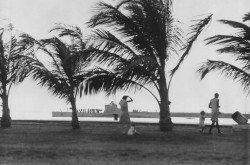
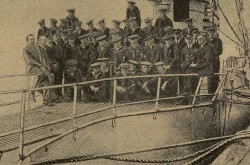
![A block of photographs showing some of the people involved in the bombing of beluga whales in the estuary and gulf of the St. Lawrence River. Anon., “La chasse aux marsouins [sic]. » Le Devoir, 15 August 1929, 6.](/sites/default/files/styles/thumbnail_7/public/2024-09/Le%20Devoir%2015%20aout%201929%20page%206.jpg?h=584f1d27&itok=TppdLItg)

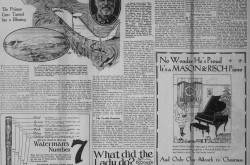








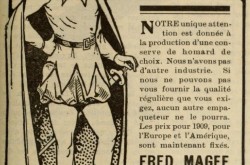
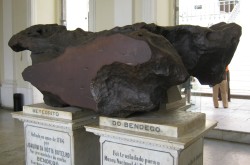



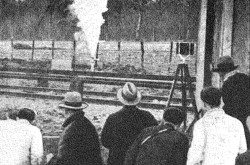
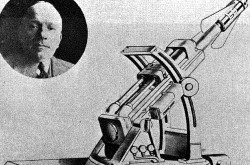


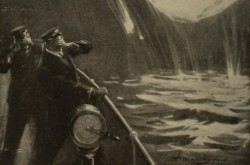
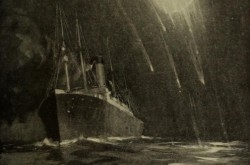

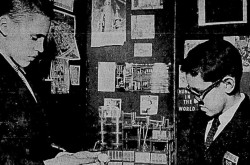

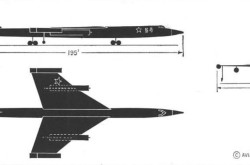
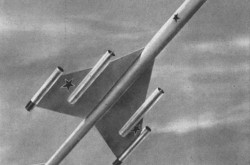




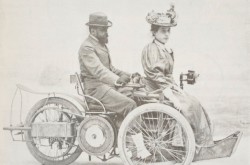
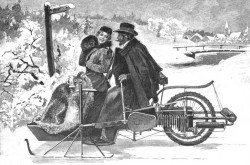

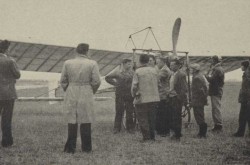
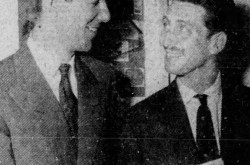



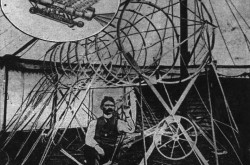

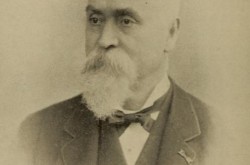
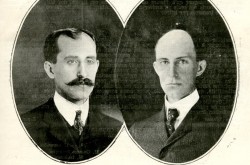

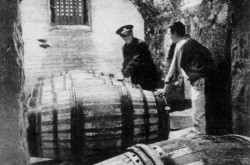
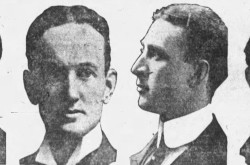





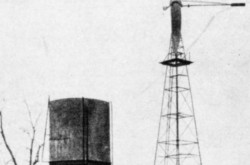
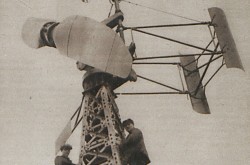


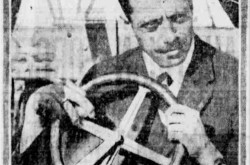

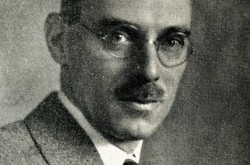







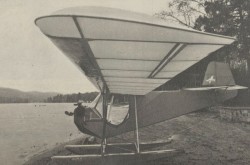
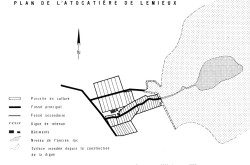


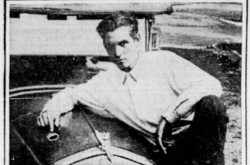
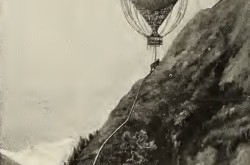


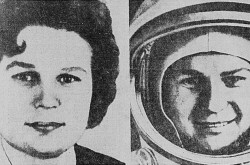



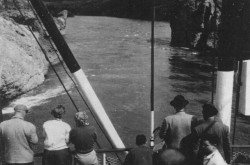






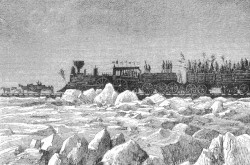

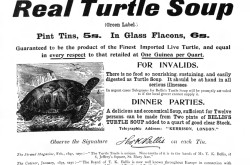


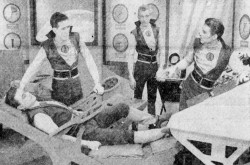

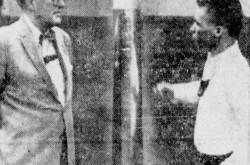


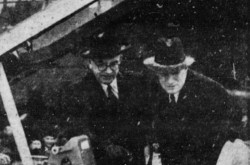
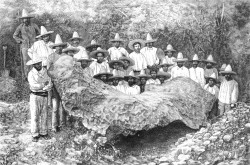




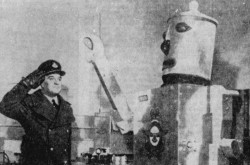
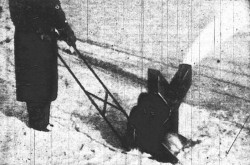




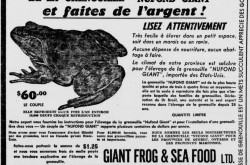
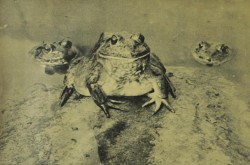

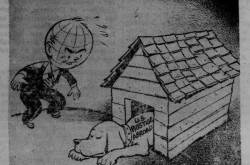
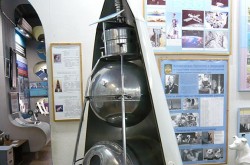






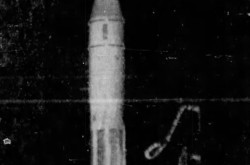
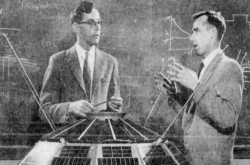
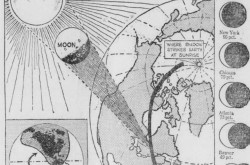

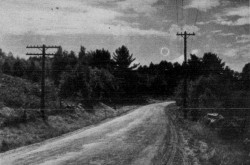
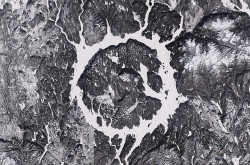




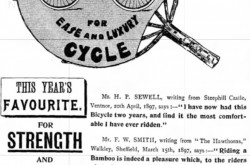





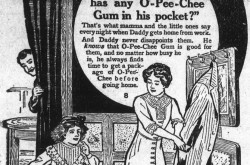


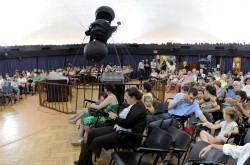
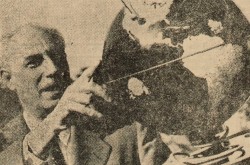









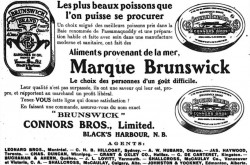
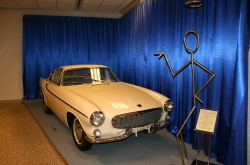

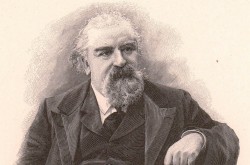




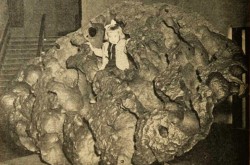


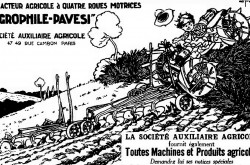






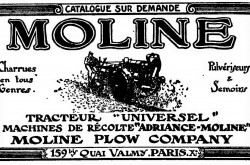






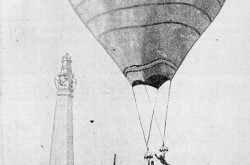






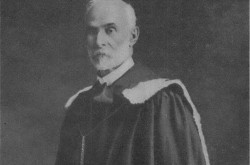
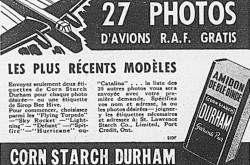


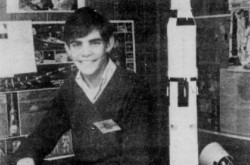



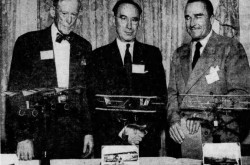




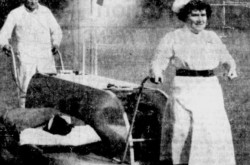

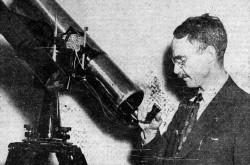


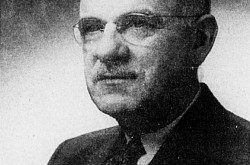


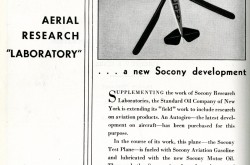




![Peter Müller at the controls [sic] of the Pedroplan, Berlin, Germany, March 1931. Anon., “Cologne contre Marseille – Le mystère du ‘Pédroplan.’ [sic]” Les Ailes, 2 April 1931, 14.](/sites/default/files/styles/thumbnail_7/public/2021-04/Les%20Ailes%202%20avril%201931%20version%20big.jpg?h=eafd0ed4&itok=WnBZ5gMf)
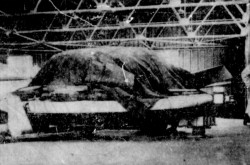
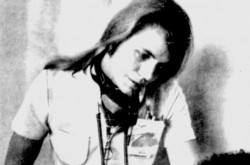





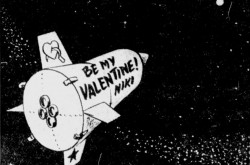
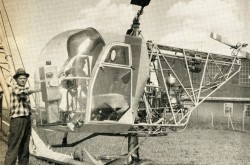


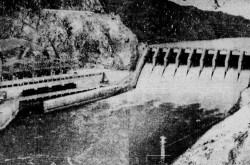
![One of the first de Havilland Canada Chipmunk imported to the United Kingdom. Anon., “De Havilland [Canada] DHC-1 ‘Chipmunk.’” Aviation Magazine, 1 January 1951, cover.](/sites/default/files/styles/thumbnail_7/public/2021-01/Aviation%20magazine%201er%20janvier%201951%20version%202.jpg?h=2f876e0f&itok=DM4JHe5C)

